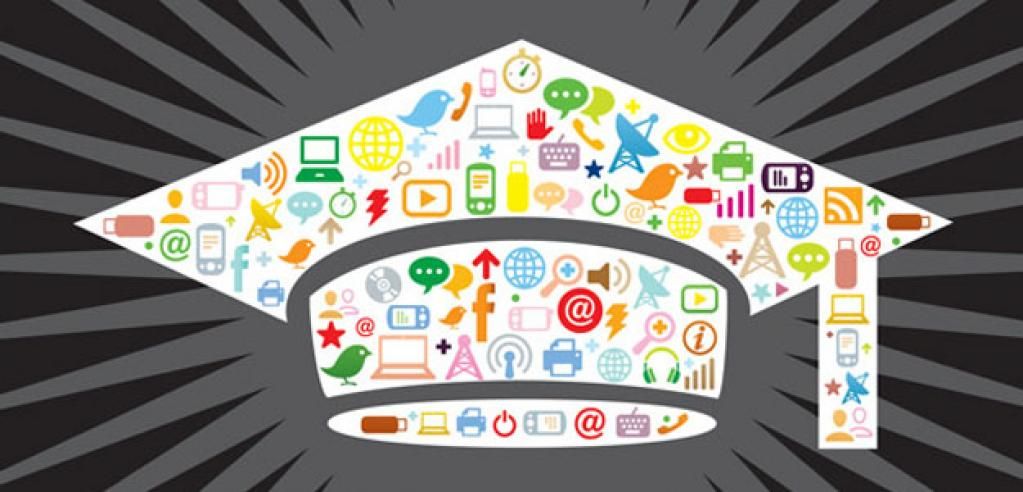The constant evolution of digital technologies implies a consistently adaptable workforce. Toward similar ends, the global adoption of such solutions provides tools to help employees understand the role they play within their company.
The professional world has always experienced many upheavals in the face of which workers have shown relentless flexibility. With the advent of digitization, however, even deeper and more numerous societal changes have come to pass, leading to a result-oriented culture where permanent learning is regarded as an ideal to strive for.
Though modern technologies constitute one of the undeniable causes behind this tendency, they also foster it through the implementation of novel, innovative learning tools put at the disposal of professionals in a variety of fields. An inclination to never stop learning encourages employees to acquire new skills and learning hubs set in a digital environment provide the key to more effective ways of retaining knowledge. Immersive Factory, a company which specializes in virtual reality-based learning, goes as far as to dream of training courses with an impact so significant that “the employee remembers 100% of what they learned”.
Digital Environments as a New Model
The professional world raises more and more questions regarding the validity of maintaining a distinction between in-person and remote interactions. While recent events have strongly impacted businesses on different levels, they have also brought to light a reality in which many still dared not believe. Out of necessity, companies started implementing remote work much more successfully than they had anticipated. This is where digital environments proved just how solid a foundation they can be for several of our professional models.
Training course developers understand this very well and use digital solutions in the context of permanent learning by offering teaching methods that rely on technological innovations. These not only help participants learn more efficiently but also standardize these frameworks and reinforce the confidence employees have when faced with these tools.
Active Learning Revolutionizes Teaching Methods
Defined by Edgar Dale in the 1940s, the “Cone of Learning” shows a hierarchy in learning methods based on information retention rate (or how much people memorize while learning). Studies have indeed proven that human physiology is better adapted to some knowledge transmission processes than others. Thus, at the bottom of the ladder, reading allows an individual to recall about 10% of all elements encountered during the course of a session. Hearing information contributes to memorizing 20% of them, and seeing it amounts to as much as 30%. It is only by seeing and hearing at the same time that the level of retention finally reaches 50%, which is why instructional videos, for instance, constitute an increasingly popular teaching method.
Learning hubs within digital environments, however, represent an opportunity to go even further. As soon as an individual finds themselves in a situation where they are active (unlike in more traditional, passive learning methods), their memorization capacities improve by a highly significant margin. When writing and saying all at once, retention rates are about 70%. When training involves the learner to the point that they have to perform actions throughout the learning process, they can remember as much as 90% and, if the experience incorporates sensations, this figure can reach 95%.
This is the reason why permanent learning relies on real-life scenarios to create ideal conditions as a means of promoting efficient learning. And when saving time or socially distancing becomes part of the objectives, virtual reality provides a way to achieve similar results without having to physically go to a training facility or to interact with anyone in person. Entirely compatible with remote working conditions, it allows learners to “experience” situations to better retain information, all from a VR headset.
Permanent Learning Tools That Standardize Digitization
While using a VR headset to interact with a virtual world may still seem surprising in the context of permanent learning, the concept is proving more and more appealing to various industries and for diverse applications. Budget-friendly, it is also especially simple to implement (since there is no need for a dedicated location) and infinitely adaptable thanks to dynamic,
scalable programs. Learners are immediately presented with feedback as to their actions and can adjust their attitude to match what is expected of them. This inscribes the situation within an active approach which aids in memorization.
Finally, as permanent training course developers continue to embrace digital environments as part of the learning solutions they provide, employees discover new ways of perceiving the technologies of tomorrow. This allows them to benefit from an invaluable outlook on digitization in a context where dematerialization is becoming increasingly self-evident. Virtual reality, immersive learning and digitally assisted simulations thus participate in implicating teams in their own work environment. As the latter is undergoing constant technological advances, it offers companies long-term futureproofing and should spell success for these innovative learning methodologies.
Thanks for reading this article. If you're new here, why don't you subscribe for regular updates via RSS feed or via email. You can also subscribe by following @techsling on Twitter or becoming our fan on Facebook. Thanks for visiting!

1 Comment
Leave a Reply
Cancel reply
Leave a Reply
This site uses Akismet to reduce spam. Learn how your comment data is processed.





















































































































































































Edward brown
August 14, 2020 at 10:52 am
Active learning is something that helped me the best way… thanks for some group tips 🙂